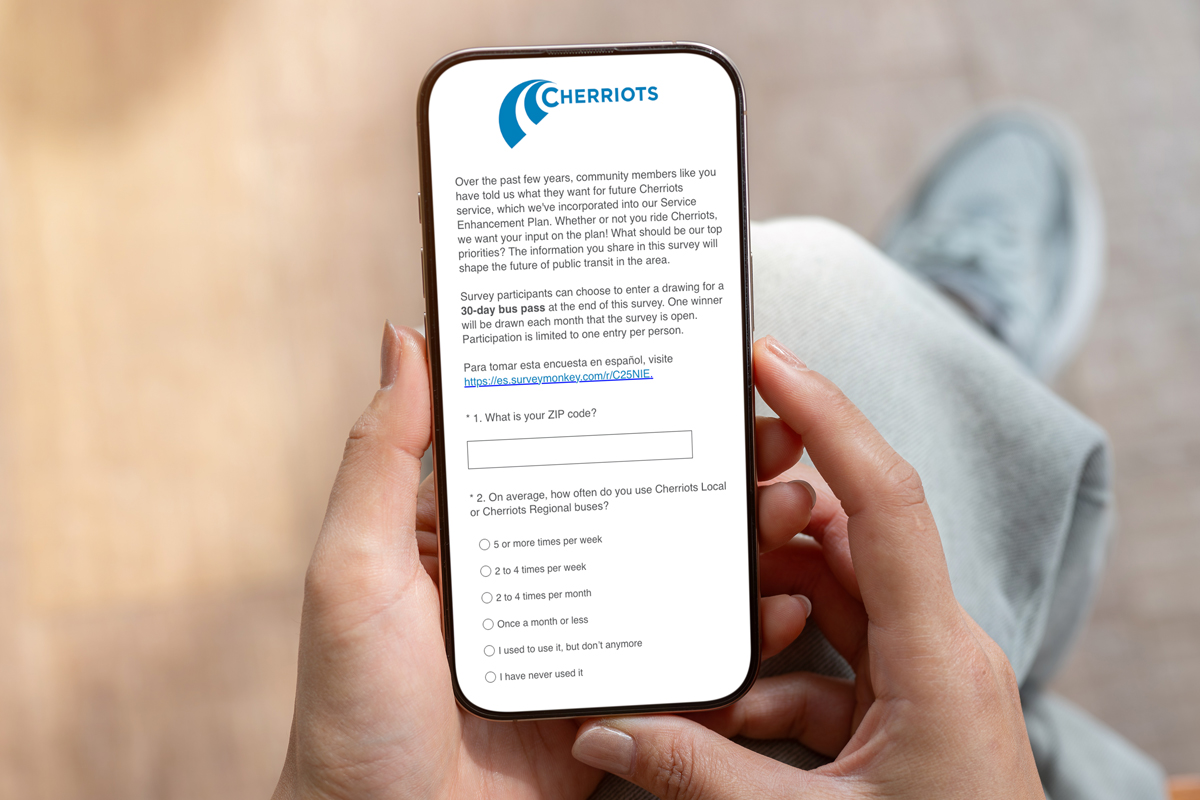Research
Building an Effective Survey: Guidelines for Good Questionnaires
July 22, 2025
In business, making decisions without data is just guessing. Surveys are a powerful tool to understand your audience, but there’s a catch: the quality of your insights depends entirely on the quality of your questions.
First to Last: How to Order Questions
When you ask people to take a survey, you’re more likely to get results if you make it easy and accessible. Here are some guidelines to follow:
- Fewer questions are better — shoot for no more than 10.
- Most people prefer multiple choice questions to write-in answers.
- Start with an easy question that frames the topic with an easy
multiple choice. Difficult questions can scare people away. - Not everyone will finish all the questions, so put the most important
ones near the beginning. - Using the same logic, put questions that are more optional in nature toward the end of the survey.
Also, order your questions in a logical sequence. Start broadly before narrowing it to specifics. This warms up the respondent and can help the survey feel like a natural conversation.
Keep it Short and Mobile-Friendly
The less time the survey takes to complete, the more likely people are to finish it. Ideally, the survey should only take one or two minutes. The longer the survey takes, the fewer people will finish it.
Remember, too, that most people participate in surveys via their mobile phones. Make sure formatting works for mobile, and remember it is difficult for people to type in long responses on their phones.
What Formats are Best for Questions?
Multiple choice questions are the go-to for simple, quantitative data, but there are several other options to consider.
- Likert Questions: These present a statement followed by a range of options on a sliding scale. Be sure to have respondents choose words instead of numbers to describe their opinion or experience. Example: use Poor, Adequate, Good and Excellent instead of 1 to 5.
- Open-Ended Questions: Use these sparingly, as they require more effort. They are best for gathering qualitative insights, direct quotes or discovering issues you hadn’t considered. Place them near the end.
- Demographic Questions: These questions could include age, gender, location or income. Ask only what you really need to understand. These are vital for segmenting your results, but make them optional if they are sensitive, or offer an option of declining to answer. Place them at the very end of the survey. People are becoming less and less inclined to answer these questions, which limits their usability.
Understanding and Accounting for Bias
The most passionate people (positive or negative) are most likely to participate, and your responses will show that.
Additionally, research often shows demographic skews. For example, women are often more likely to participate in general surveys than men. Typically, the response rate will be about 60% women. If achieving a specific demographic balance is crucial, you may need to use targeted distribution or recruitment methods or incentives.
From Questions to Decisions
Building an effective survey is possible with the right planning. By structuring your questions thoughtfully and understanding potential biases, you can gather data that leads to smarter, more confident business decisions.
Feeling overwhelmed or need to ensure your next project is backed by data? Our team has years of expertise in market research and survey design. Contact us today to see how we can help you discover the answers you need.
You might also like…
Subscribe to Talkin’ Turquoise





